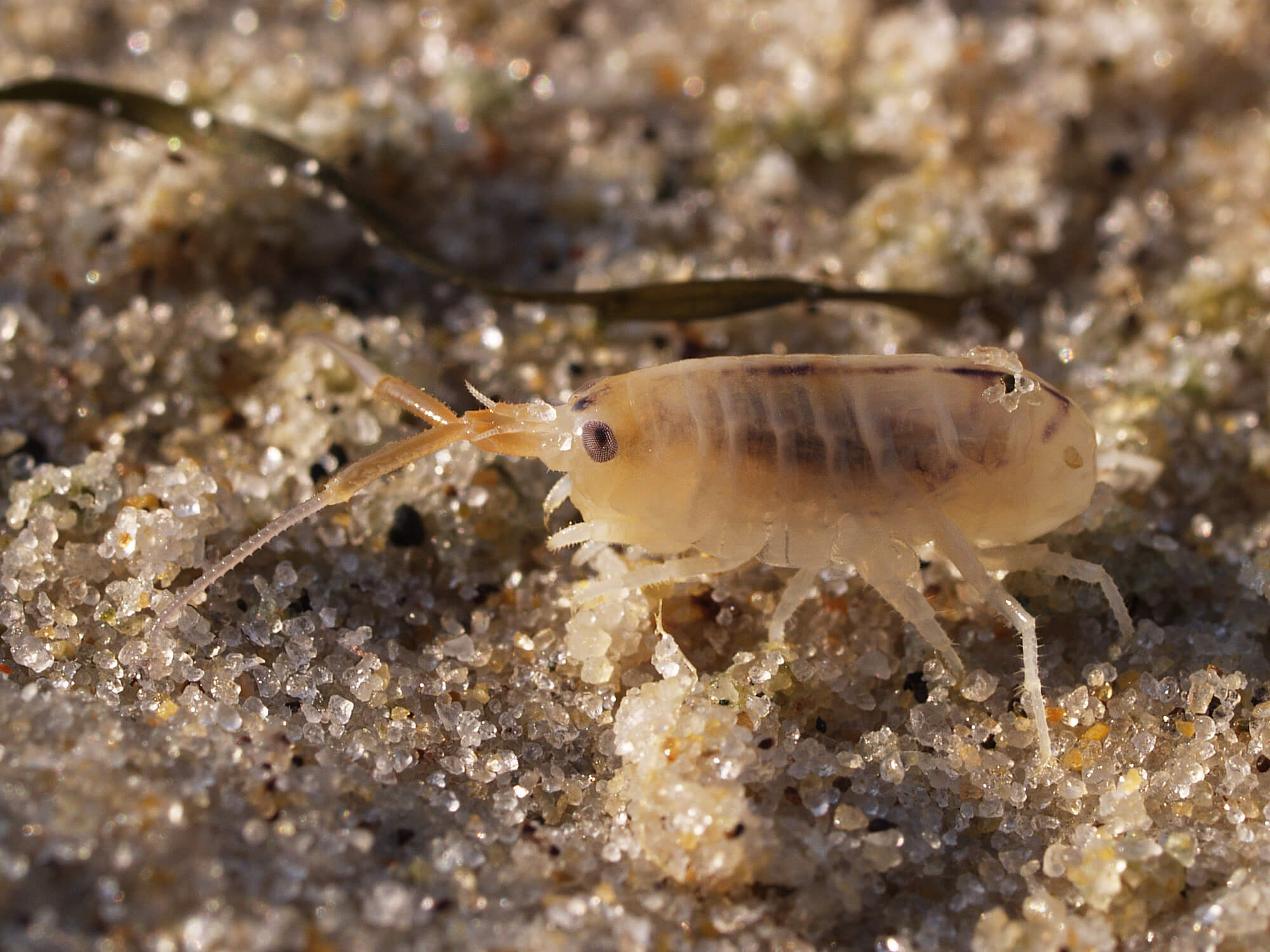What are the symptoms of sand flea bites?
Sand flea bites, often caused by sand fleas or chigoe fleas, can result in a variety of symptoms. These bites are commonly experienced in tropical and subtropical regions where sand fleas are prevalent. Symptoms include:
- Itching: Intense itching is a common reaction to the bites, which can be quite uncomfortable and persistent.
- Redness: The affected area may become red and inflamed.
- Swelling: The bite site can swell, sometimes leading to raised, itchy bumps.
- Rash: Some people may develop a rash around the bite area.
- Blisters: In some cases, small blisters may form at the bite site.
- Soreness: The area may feel sore or tender to the touch.
- Secondary Infection: Excessive scratching can lead to open sores, which may become infected and present additional symptoms like pus, increased redness, and warmth.
In rare cases, a more severe reaction can occur, including:
- Fever: Systemic symptoms such as fever may develop if an infection sets in.
- Larger Urticarial Reactions: Large hives or swelling around the bite area, particularly if there is an allergic reaction.
If you suspect a sand flea bite and experience severe symptoms or signs of infection, seeking medical advice is recommended for appropriate treatment and care.
What are the causes of sand flea bites?
Sand flea bites are caused by the bite of the sand flea or chigoe flea, scientifically known as Tunga penetrans. These fleas are parasitic insects that live in sandy or dusty environments. Here’s how sand flea bites occur:
- Direct Contact with Sand or Soil: Sand fleas are typically found in sandy or dusty environments. They can burrow into the skin when individuals walk or sit on contaminated sand or soil.
- Infestation in Areas with Poor Sanitation: Sand fleas thrive in areas with inadequate sanitation and poor waste management. They are more commonly found in tropical and subtropical regions where such conditions are prevalent.
- Exposure to Contaminated Areas: People who spend a lot of time in sandy areas, such as beaches or unpaved roads, are at higher risk of encountering sand fleas. The fleas can burrow into the skin of exposed areas.
- Animal Hosts: Sand fleas can also infest animals. Infected animals can act as reservoirs, and fleas can transfer to humans from these animals.
- Lack of Proper Footwear: Walking barefoot or wearing inadequate footwear in environments where sand fleas are present increases the risk of bites.
To prevent sand flea bites, it’s advisable to use protective footwear, avoid walking barefoot in sandy areas, and maintain good personal hygiene. If bites occur, prompt treatment is essential to alleviate symptoms and prevent complications.
What is the treatment for a sand flea bite?
Treatment for sand flea bites primarily focuses on alleviating symptoms and preventing complications. Here’s how you can manage and treat sand flea bites:
- Clean the Area: Gently wash the affected area with soap and water to remove any dirt or bacteria.
- Apply Antiseptic: Use an antiseptic or antiseptic cream to reduce the risk of infection.
- Relieve Itching and Inflammation: Over-the-counter antihistamines or anti-itch creams (such as those containing hydrocortisone) can help relieve itching and reduce inflammation. Applying a cool compress to the area can also provide temporary relief.
- Avoid Scratching: It’s important to avoid scratching the bites, as this can lead to secondary infections. Keep the area clean and dry.
- Treat Any Secondary Infections: If you notice signs of infection, such as increased redness, swelling, warmth, or pus, seek medical advice. A healthcare provider may prescribe antibiotics if an infection is present.
- Monitor for Complications: Watch for any signs of more severe reactions or complications. If you experience symptoms like fever, widespread rash, or worsening of the bites, consult a healthcare provider.
- Prevent Further Exposure: To prevent future bites, take precautions such as wearing protective clothing, using insect repellent, and avoiding areas known to be infested with sand fleas.
For severe cases or if symptoms do not improve with over-the-counter treatments, it’s advisable to consult a healthcare professional for more advanced care and guidance.

Leave a Reply
You must be logged in to post a comment.